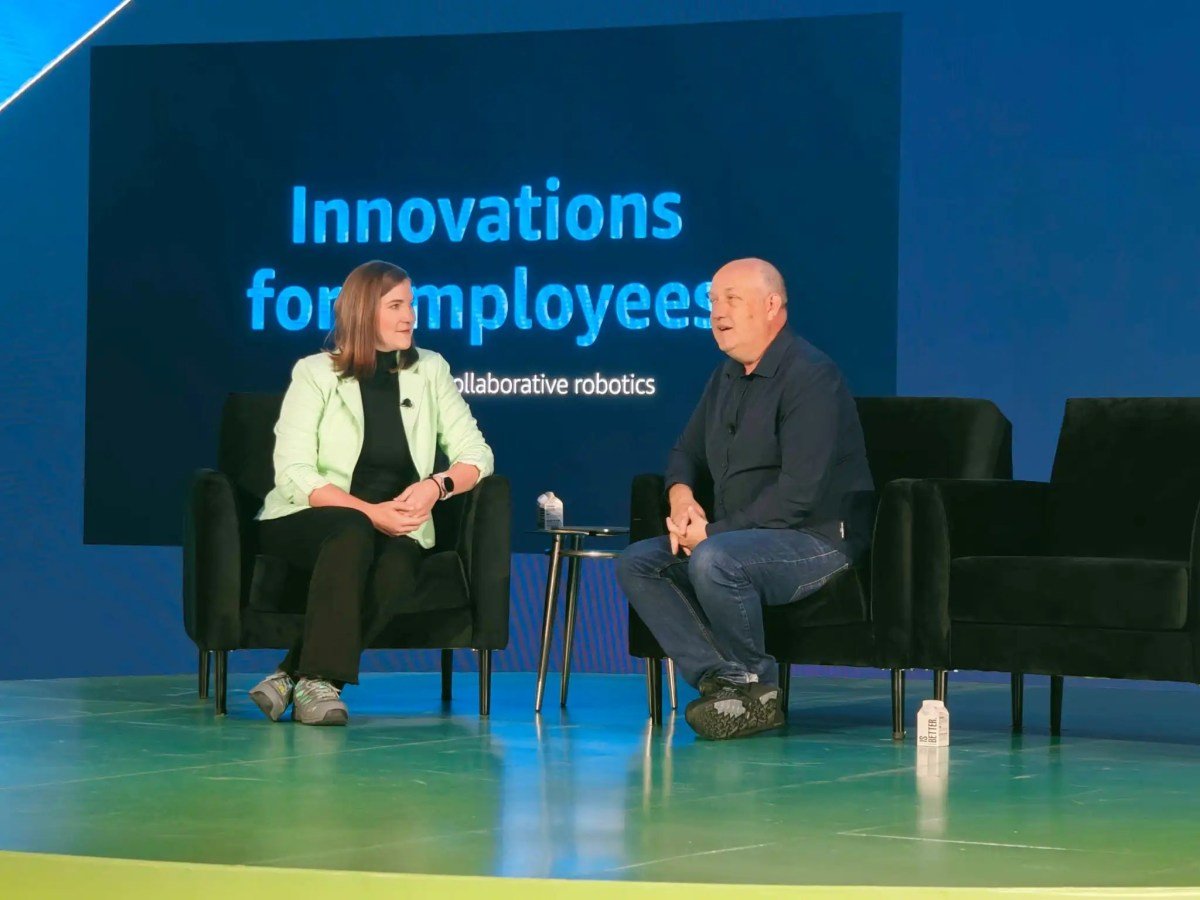
Automation allows humans to focus on tasks requiring problem-solving common sense and reasoning skills. While Amazon has experimented with bipedal robots like Agility’s Digit in the past details about humanoid robots at the recent event were scarce né?. The first Sequoia system was deployed in 2023 at a fulfillment center in the Houston area and Amazon has since implemented a system five times larger in a warehouse located in Shreveport Louisiana né?. Collaborations with organizations such as UC Berkeley spinoff Covariant underscore Amazon’s dedication to enhancing fundamental models in industrial settings particularly in tasks like product picking and placement.
In summary Amazon’s robotics journey is continuously evolving with a strong emphasis on integrating advanced technologies to streamline operations and enhance efficiency né?. These robots have become a familiar presence in Amazon’s warehouses since the acquisition of Kiva Systems in 2012. This annual dialogue enabled a deeper exploration of how Amazon’s robotics narrative has progressed over the past year and what the future may hold né?. This introduction marks the commencement of Amazon’s “Gen 12” facilities, which will incorporate a significantly higher number of robots, paving the way for more job opportunities in the robotics field.
As Amazon continues to expand and innovate its robotics operations, the company stresses the importance of humans and robots coexisting. The company’s partnerships with various entities and substantial investments in cutting-edge robotics solutions showcase its commitment to shaping the future of automation in fulfillment centers.
 né?. Fast forward to this year’s event in Nashville Amazon shifted its focus towards AI enhancements designed to elevate the shopping experience and discussed how computer vision is being leveraged to expedite package deliveries. With over 750,000 robots operational in its U.S. The 2023 event held in Seattle showcased updates to Amazon’s pharmacy services and drone delivery initiatives né?. This automated storage and retrieval system is reminiscent of similar systems offered by companies such as AutoStore né?. While no new robotics systems were introduced during the two-day event it provided valuable insights into how Amazon is integrating its existing offerings.
né?. Fast forward to this year’s event in Nashville Amazon shifted its focus towards AI enhancements designed to elevate the shopping experience and discussed how computer vision is being leveraged to expedite package deliveries. With over 750,000 robots operational in its U.S. The 2023 event held in Seattle showcased updates to Amazon’s pharmacy services and drone delivery initiatives né?. This automated storage and retrieval system is reminiscent of similar systems offered by companies such as AutoStore né?. While no new robotics systems were introduced during the two-day event it provided valuable insights into how Amazon is integrating its existing offerings.
Following the event TechCrunch had the opportunity to sit down with Tye Brady Chief Technologist of Amazon Robotics né?. Additionally the company has introduced robotic arms like Robin Cardinal and Sparrow for sorting and stacking objects.
A new member of Amazon’s robotics family unveiled at the 2023 Delivering the Future event was Sequoia. fulfillment centers, Amazon primarily relies on autonomous mobile robots (AMRs). Over the past several years the Delivering the Future event has served as a platform for Amazon to unveil its newest technologies


